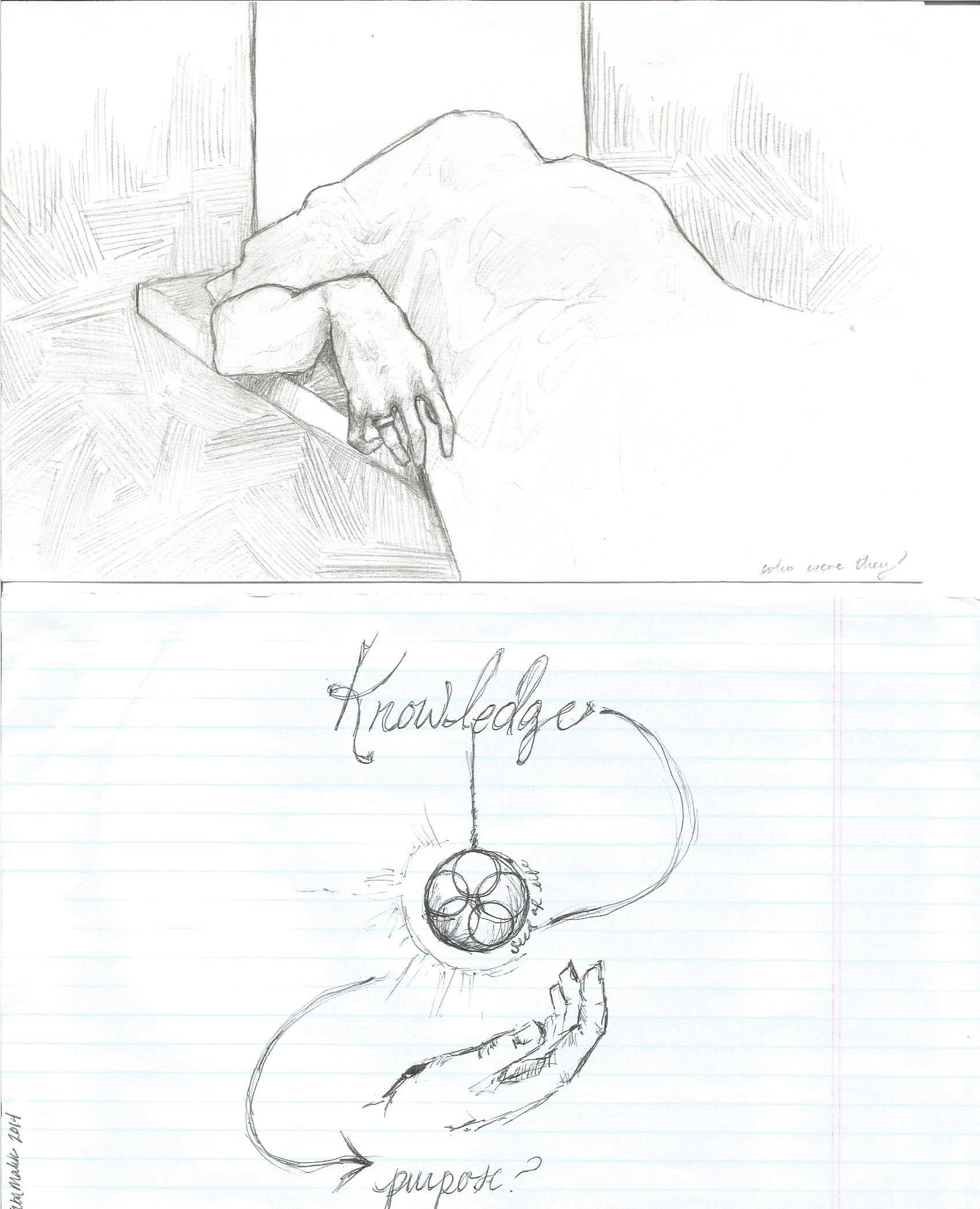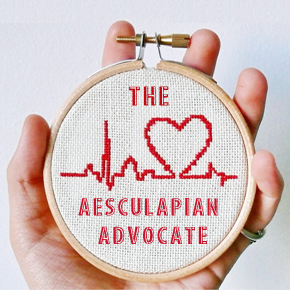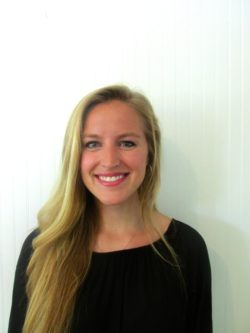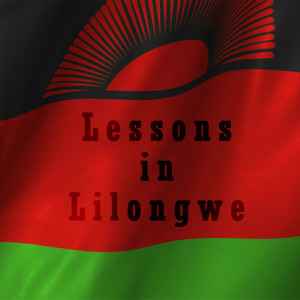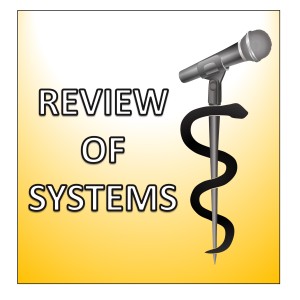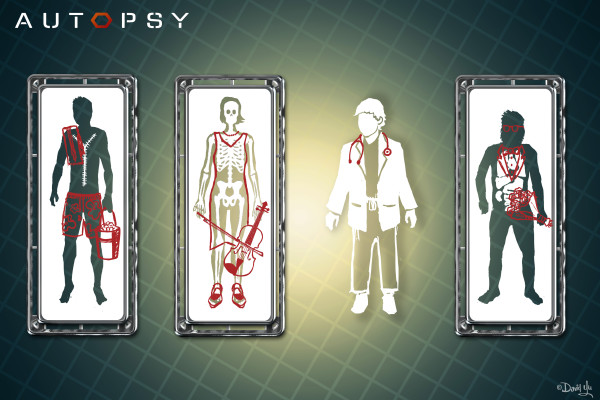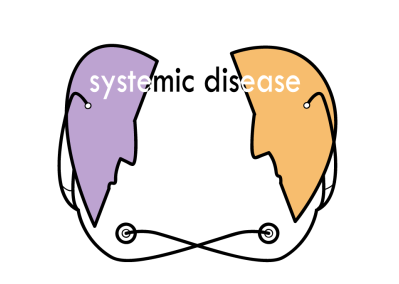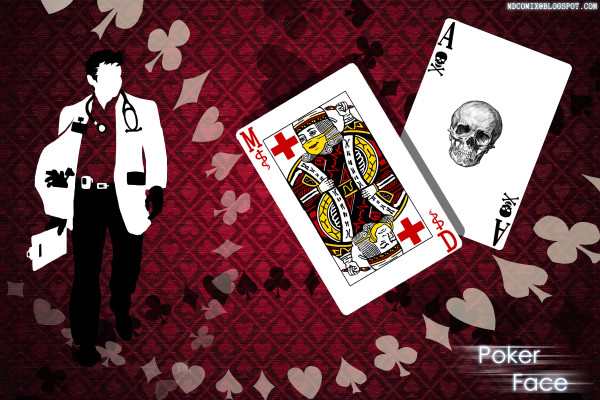Adventure #2: Pottery Painting (No Art Skills Required!)
A very important topic is that of mental health in medical practitioners, notably medical students. According to a study in the Student British Medical Journal, 30% of medical students report having a mental health condition — with a majority of 80% stating the level of available support was poor or only moderately adequate. This column was born from these alarming statistics and aims to stimulate conversation on mental health in medical students, from providing suggestions on how to maintain one’s mental health to discussing the taboo and stigma surrounding conversations on mental health in practitioners and students, and how to eliminate it.


